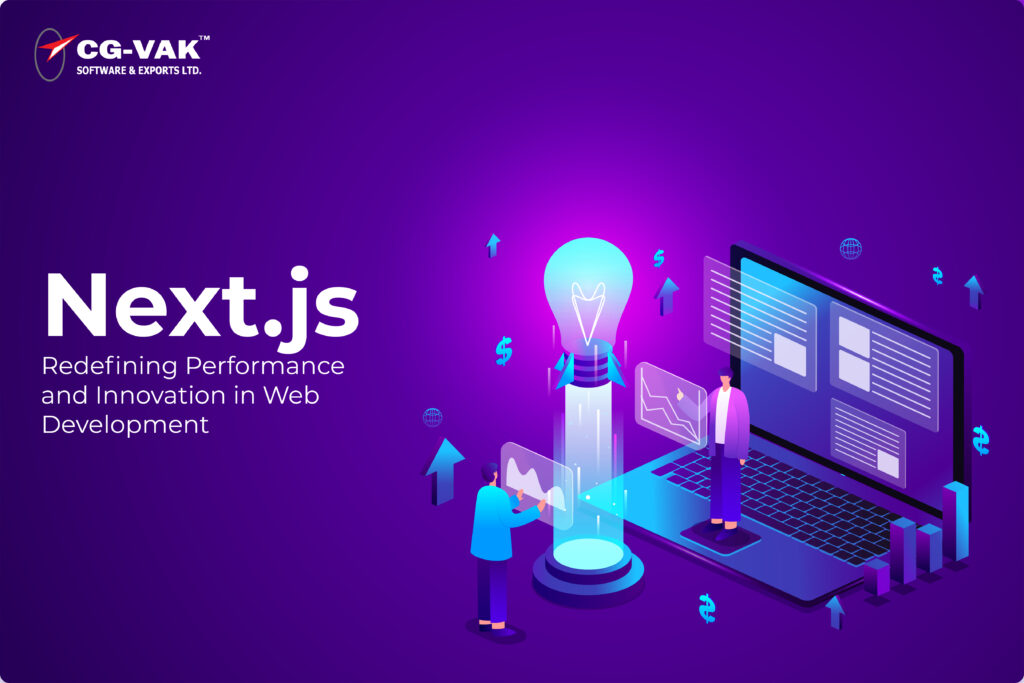In the ever-evolving landscape of web development, Next.js has emerged as a groundbreaking React framework that’s reshaping how developers build modern web applications. As we move into 2025, this powerful framework continues to gain momentum, offering unprecedented performance optimization capabilities and innovative features that make it the go-to choice for enterprises and developers alike.
Why Next.js Stands Out
One of the most compelling benefits of Next.js is its exceptional server-side rendering capabilities. Unlike traditional React applications that rely solely on client-side rendering, Next.js can generate HTML on the server and deliver fully rendered pages to users. This approach improves loading speeds, ensuring users experience minimal delays when accessing content. For businesses, this translates into improved user engagement and higher conversion rates. Additionally, search engine crawlers can access fully rendered content immediately, enhancing SEO performance and making the framework ideal for content-heavy websites.
Real-world performance metrics showcase the impact of server-side rendering (SSR):
- First Contentful Paint (FCP): Improvements of 50–70%
- Time to Interactive (TTI): Reductions of up to 40%
- Search engine crawlers benefit from fully rendered content
In addition to SSR, the static generation advantages of Next.js revolutionize content delivery. The framework’s ability to generate static pages at build time while supporting dynamic data updates combines lightning-fast page loads with dynamic content capabilities. This hybrid approach empowers developers to create seamless user experiences.
Next.js Trends 2025: Shaping the Future of Web Development
As we progress through 2025, several key trends are shaping the Next.js ecosystem, solidifying its position as a leader in web development innovation:
- Edge Computing Integration:
Next.js deployment strategies increasingly leverage edge computing to enhance performance. Running applications closer to users through edge locations reduces latency and dramatically improves response times. This ensures consistent performance for global audiences, making it ideal for scalable applications.
- AI-Powered Development Tools:
The integration of artificial intelligence into Next.js developer tools is transforming the development process. AI-powered tools provide real-time suggestions for code optimization, identify performance bottlenecks, and automate tasks like testing and debugging. This reduces errors and accelerates development cycles.
- Enhanced Mobile App Development:
The benefits of using Next.js for mobile apps include responsive design capabilities, automatic image optimization, and support for progressive web apps (PWAs). Developers can build mobile-first applications that deliver seamless experiences across devices, ensuring faster load times and retaining mobile users.
Next.js: Understanding the Advantages
While React provides the foundation for building user interfaces, Next.js extends its capabilities with advanced features and optimizations that streamline development.
- Built-in Performance Optimization: Next.js includes features like automatic image optimization, font optimization, code-splitting, and script optimization, ensuring faster page loads and improved SEO rankings.
- Scalability and Maintenance: Features like dynamic imports, Incremental Static Regeneration (ISR), and middleware support make Next.js for enterprise applications a strategic choice for handling high-traffic environments while maintaining performance and ease of updates.
- SEO-Friendly Architecture: Through Next.js SEO best practices, the framework ensures improved visibility in search results and better user engagement.
- Cost-Effective Development: By utilizing serverless architecture and static site generation (SSG), Next.js minimizes operational costs. Its automatic scaling capabilities ensure resources are efficiently utilized.
Emerging Trends in Next.js
1. Static Site Generation at Scale:
Next.js static site generation advantages include managing large content-driven websites with improved scalability, making it an unparalleled choice for blogs, e-commerce platforms, and documentation sites.
2. Integration with AI and Machine Learning:
Next.js for dynamic websites simplifies the embedding of AI functionalities, like chatbots and recommendation systems, enhancing user experience with minimal complexity.
3. Edge Functions and Middleware:
The rise of edge functions allows developers to process requests closer to users, ensuring dynamic content delivery with reduced latency.
Next.js 13 and Beyond
Next.js 13 introduces game-changing updates such as Turbopack, a Rust-based build tool that improves build times by up to 700 times compared to Webpack. The app directory facilitates file-based routing and enhances data fetching, making it easier to create dynamic applications. Advanced middleware and React Server Components support real-time data processing, enabling businesses to deliver personalized content efficiently.
Applications in Digital Marketing
Next.js is transforming digital marketing with features that enhance user engagement and streamline content delivery:
- E-Commerce Optimization: Next.js for eCommerce websites enables fast page loads and seamless navigation, reducing cart abandonment and boosting sales.
- Content Delivery: Efficient data fetching and static site generation enhance content delivery for blogs and media outlets, ensuring faster loading times and improved SEO.
- Mobile-First Experiences: Responsive design and faster loading speeds cater to the growing mobile audience, ensuring satisfaction across devices.
- Data-Driven Marketing Campaigns: Integration with APIs and analytics tools allows for real-time tracking of user behavior, enabling businesses to optimize marketing strategies.
How Businesses Can Leverage Next.js for Growth
Adopting Next.js effectively can drive growth by improving performance, scalability, and user experience. Steps to get started include:
- Assess Current Web Architecture: Identify performance bottlenecks and areas for improvement.
- Implement Next.js Features: Integrate SSR, SSG, and Next.js API routes to enhance SEO and dynamic content capabilities.
- Prioritize Scalability in Design: Use Next.js React framework features to handle traffic growth efficiently.
- Monitor Performance: Leverage analytics tools to optimize user experiences and gather feedback.
- Iterate and Optimize: Continuously enhance your application based on performance metrics and user needs.
By utilizing the full potential of Next.js, businesses can achieve higher engagement, scalability, and revenue. Interested in exploring how Next.js can elevate your digital presence? Reach out for tailored solutions that meet your business needs.
